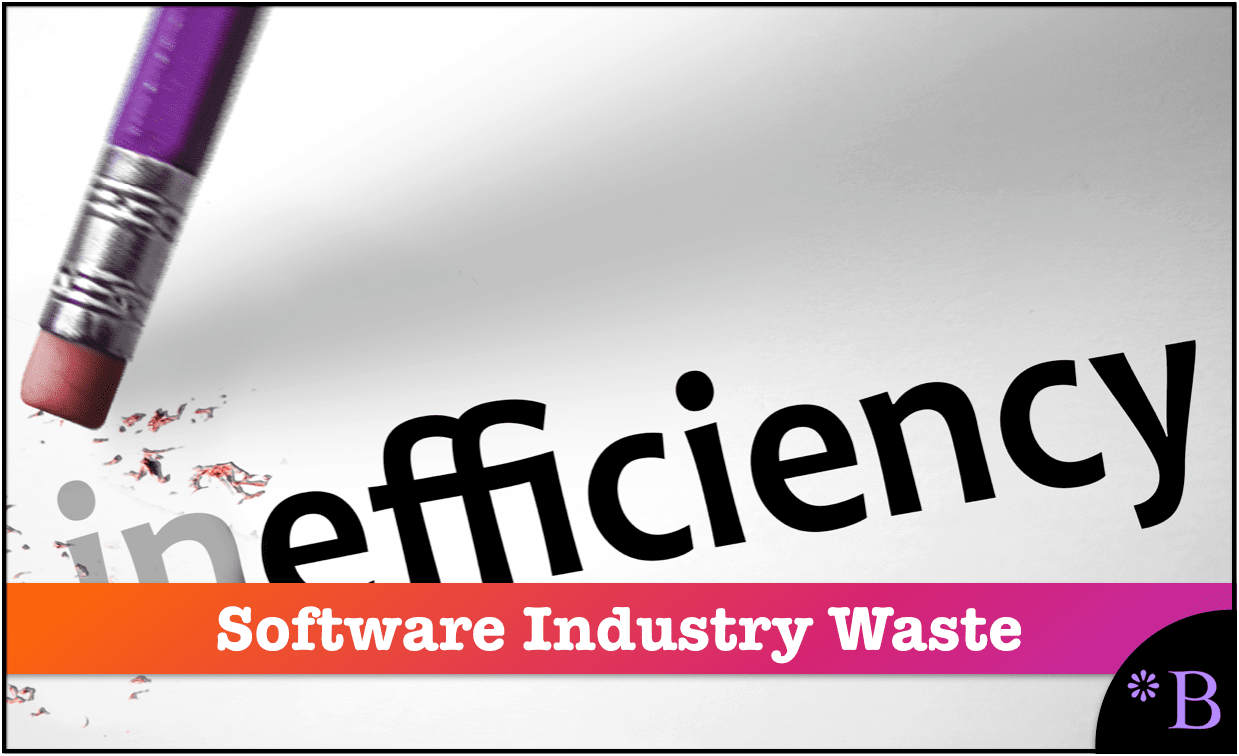How The ERP System Grew Continuously in Data Model Complexity
Executive Summary
- Dave McComb’s book Software Wasteland is one of the best books on IT and IT waste.
- ERP systems continued to grow in the complexity of their data models.

Introduction
The quotes from Dave McCombs’ books are quite shocking. These quotes are so amazing. We created several articles to make them available to ourselves in an easily findable way so that we could use them in the future.
See our references for this article and related articles at this link.
Quotes
It was recognized in the 1980’s that integration between applications was a problem, and that one potential solution was to have single a integrated database. If you could build all of your applications on a single database, there would be no need for integration.
Thus was born ERP.
As one watches the evolution of the ERP market, a few fascinating trends emerge.
First, the systems became more and more complex. Each generation added features and tables to cover more and more possibilities “out of the box.” The data schemas have become immense. A typical SAP installation now has 90,000 tables and 1,000,000 columns.
Another fascinating thing is how the scope of an ERP project continues to shrink even as the cost of the project increases. It used to be that an ERP system was firm-wide, and covered most of the functions touched by the supply chain and the manufacturing process and order to cash cycles. Nowadays, most ERP implementations are single function.
How the Pipe Dream of a Single Shared Relational Model for Reducing Integration Costs Failed
Firms and vendors have recognized the domination of integration as the driving cost, however, the solutions mooted have done little to stem the tide. The idea that we could eliminate integration costs by implementing all functionality on a single, shared, relational model, ended up being an impossible dream.
ERP systems were supposed to or sold as reducing costs. Now that concept is laughable. ERP systems are the largest expense IT departments have. Yet, they don’t do much of what they were stated that they would do. ERP systems require other systems as well as Excel to even survive.
Why is an ERP System Implemented by Companies that Don’t Manufacture Anything?
We often see an HR implementation touted as an ERP implementation, or a Finance project as an ERP implementation. Indeed, more and more ERP implementations are now with firms that don’t manufacture anything. The current growth market for ERP systems is government agencies, which are they ill suited to address. The amazing thing is that very few large firms have managed to get even all of their manufacturing related functionality onto a single integrated database. We rarely see more than around 20-30% of the core functionality managed by the ERP system.(emphasis added) What this means is that the original benefit (of avoiding integrated costs by having everything on the single database) have not been achieved and the firm must still invest a great deal in integration.
The sad thing is that, having chased the ERP dream, they are now saddled with an environment that is very hard to integrate because of its internal complexity.
The Worst of All Worlds
The result is the worst of all possible worlds: the firm adopts a dis-economic platform that might eliminte the cost of integration with a host of other applications, spawned by the very dis-economy it was trying to avoid. The complexity of this integrated “system of systems” leads to a core that is the most expensive possible system to implement, and a growing number of satellite systems that also require integration. To prove that truth is stranger than fiction, most very large firms have dozens of ERP systems, most of which don’t talk to each other, let alone to non-ERP systems. One very large company we know of, partly due to acquisitions, ended up with 88 ERP systems,(emphasis added) five of which were integrated with each other. What started life as a reasonable expectation (with the sentiment of “let’s not re-invent the wheel”) became the excuse to launch projects that were vaslty more expensive and riskier than the very thing they were being held up against (i.e. custom development)
Conclusion
ERP systems have been a massive failure in terms of attaining their previous promises made by ERP vendors. ERP systems are now major consumers of IT budgets. Our book The Real Story on ERP: Separating Fiction from Reality, demonstrated that ERP systems do not have a positive ROI.